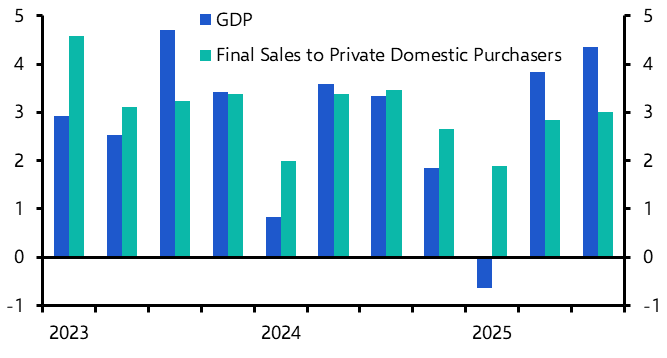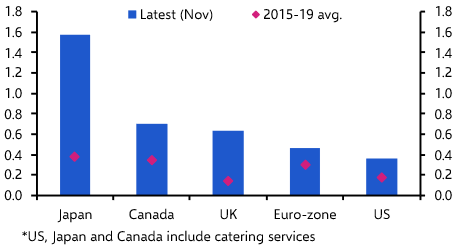Last week brought further evidence of the scale of the economic damage that is being inflicted by virus-induced shutdowns. Two questions now hang over markets: how and when will shutdowns end, and how will the world have changed when economies reopen?
I’ll deal with the second question in next week’s note. This week I’ll focus on the process of reopening.
While the past few days have brought encouraging signs that the spread of the virus is coming under control, particularly in parts of Europe, it’s likely that we’re still some weeks away from restrictions being eased. Indeed, for all the talk about governments starting to draw up exit strategies, it’s worth noting that over the past week several have extended lockdowns.
However, in many ways, the question of when restrictions will start to be loosened is less important than how restrictions will ultimately be loosened. Despite President Trump’s initial hopes for a “Big Bang” reopening, it’s becoming clear that, when shutdowns are eventually eased, this will be done in a gradual and phased manner. The priority will be to prevent a second wave of the virus that would threaten to overwhelm healthcare systems that have already been stretched to breaking point.
One approach may be to stagger the reopening across regions. This would have the benefit of allowing governments to ease restrictions depending on local infection rates and strains within local healthcare systems.
Another approach would be to phase the reopening across different sectors of the economy. This would allow sectors that are economically more important, or where human contact is more limited to open first. In this model, manufacturing, construction, logistics and some outdoor industries would be the first to reopen. Schools would follow. Restaurant, hospitality and leisure would be among the last. Restrictions on foreign travel would remain in place for the foreseeable future.
In practice, there is unlikely to be a single “model” for lifting lockdowns. Governments are likely to follow their own path. But a common theme is likely to be that, while the shutdowns were imposed swiftly, re-openings will be gradual.
The economic consequences are likely to be threefold. First, a gradual opening up is one of several reasons to expect the subsequent economic recovery to be a drawn-out process.
Second, as economies open up, there’s likely to be a significant variation in the performance of different sectors. Crucially, this will depend both on when the restrictions affecting different sectors are lifted but also on consumer behaviour. After all, lingering concerns about the virus may mean that individuals are reluctant to gather in public places like theatres and restaurants long after the official lockdown is lifted. There is some evidence that this is happening in China. One consequence is that sectors like manufacturing and construction are likely to rebound sooner than leisure and tourism.
Finally, most scientists agree that the key to lifting lockdowns lies in mass testing and tracing programmes. These would allow governments to identify, isolate and monitor any new outbreaks of the virus as economies reopen. Widespread shutdowns are only needed when the governments lose control of the virus. But the experience of Korea – which implemented an early strategy of mass testing, tracing and local containment – has demonstrated that national lockdowns can be avoided.
This matters because the extent to which mass testing programmes can be developed and rolled out will influence the speed at which governments move through the different phases of reopening. Perhaps more importantly, it will also determine the scale of the necessary response should a second wave of the virus develop.
So we’re still a few weeks away from lockdowns being lifted in most countries and, when they are, it’s likely to be a slow and uneven process, the success of which will hinge to a large extent on the ability of governments to implement widescale testing and tracing programmes. That brings us to the question of how the world economy will have changed when restrictions are lifted – and it’s something I’ll cover in my note next week.
In case you missed it:
- Our EM Economist, Edward Glossop, distils the various new facilities announced at last week’s IMF/World Bank Spring meetings and argues that some countries will still have to undergo debt restructurings.
- Our US, UK, China and Asia teams have published updated Outlooks, which provide detailed analysis of the impact of the virus together with comprehensive forecasts for 2020-22.
- Our Senior Markets Economist, Oliver Jones, argues that some EM assets are starting to look attractively valued.



